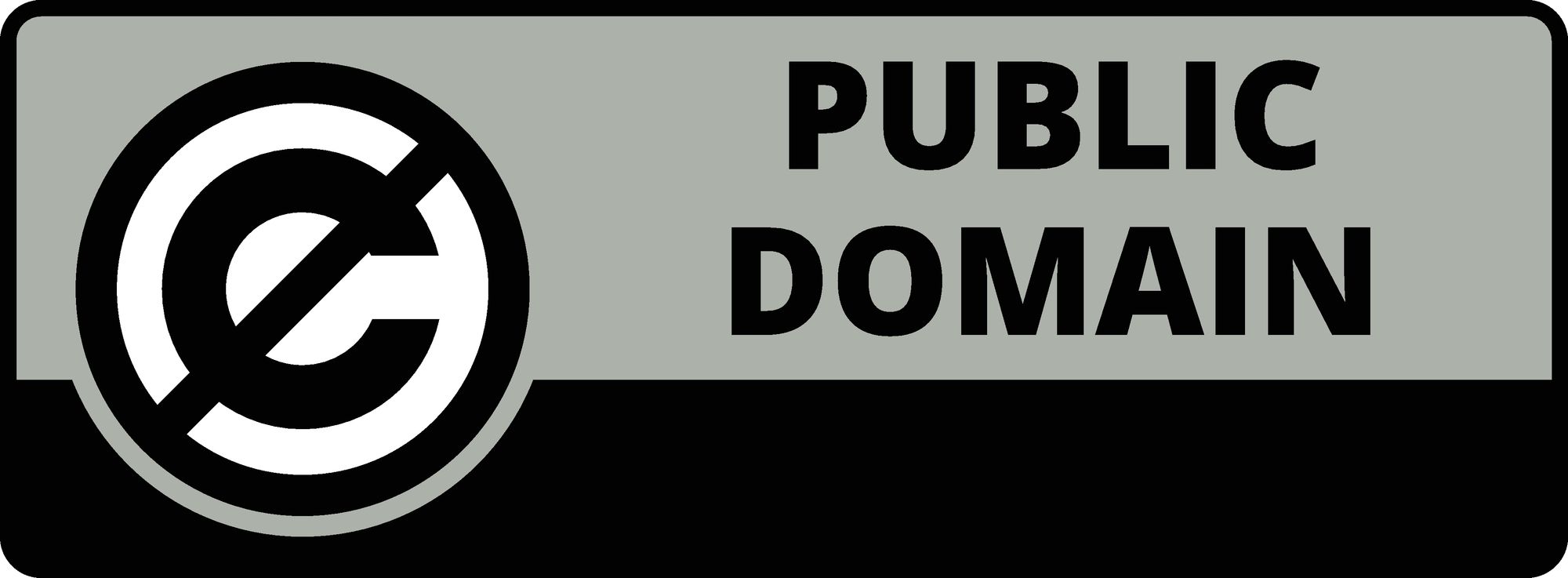NFTs and CC0

Dear Bankless Nation,
NFTs provide new avenues of ownership, yet ownership can be more expansive than just “control.” You can own an NFT and share it openly for others to use as they please.
I’m hinting at the rising wave of NFT projects that are embracing the CC0 “no copyright reserved” Creative Commons license.
These projects point not to the control economy but to the clout economy, as law professor Brian L. Frye has argued. It’s the “clout of ownership” that’s scarce, while these projects’ art can be consumed and used freely by anyone.
As such, CC0 NFTs are a way to pay creators while making their works available for everyone to consume and use commercially. Let’s dive in deeper here for today’s Metaversal!
-WMP
What are Creative Commons licenses?

A CC license is a public copyright license that allows creators to open up their works for other people to use.
These licenses come in different varieties, and the most permissive one is CC0. A project with a CC0 license is entirely in the public domain, meaning anyone can use its content however they’d like without having to worry about copyright infringement.
NFTs and CC0: scarce and un-scarce
NFTs + CC0 = open-source intellectual property.
This can be difficult to wrap your head around at first, to be sure. NFTs introduce scarcity for digital objects, right, so wouldn’t releasing an NFT project under the CC0 license undermine the scarcity and value of these objects?
To the contrary, proponents argue that being in the public domain is the most salient advantage of CC0 NFT projects.
Why? Because the CC0 status fosters an environment in which an open community develops IP together, and all derivatives/spinoffs/remixes extend the original project’s aura and cultural charge. Accordingly, CC0 can be a powerful force multiplier for growing an NFT brand.
Examples of CC0 NFT projects include:
The pwnership factor
In a recent essay titled “After Copyright: Pwning NFTs in a Clout Economy,” law professor and NFT creator Brian L. Frye noted that CC0 NFTs point the way to what he dubs pwnership.
The crux of his insightful argument, which I’ve quoted and re-formatted below, is as follows:
“The market for non-fungible tokens or ‘NFTs’ enables authors to sell their works without relying on copyright at all.
An NFT is a transferable cryptographic token. Authors can create NFTs that represent ‘ownership’ of their works and sell those NFTs to collectors.
The NFT market recognizes the owner of a ‘legitimate’ NFT of a work as the ‘owner’ of the work, even though NFTs typically don’t convey copyright ownership of the work. I call this ‘pwnership,’ because it consists of ‘clout,’ rather than control.
NFT owners don’t need copyright, because pwnership depends on the endorsement of the author, rather than control of the use of the work.
In fact, NFT owners encourage others to use the work, because popularity increases the value of pwnership.”
Are all NFT projects CC0?
No, only a handful are explicitly so at this point.
For example, CryptoPunks makes use of the NFT license, which allows holders to use their NFTs for “personal, non-commercial uses” while the creators at Larva Labs retain claim to the IP and copyrights around Punks. This how Larva Labs are “sending Punks to Hollywood” per their recent deal with prolific talent agency UTA.
That said, it’s not that every NFT project has to embrace the CC0 license. It’s that this rising wave of CC0 NFTs is showing us new ways to own and share. And that’s definitely worth exploring much further going forward.
After all, there are many ways to go to Hollywood, if you catch my drift.
Action steps
- 📰 Read Brian L. Frye’s After Copyright essay
- 📰 Read At the Intersection of NFTs and Creative Commons Licenses by Catherine Stihler